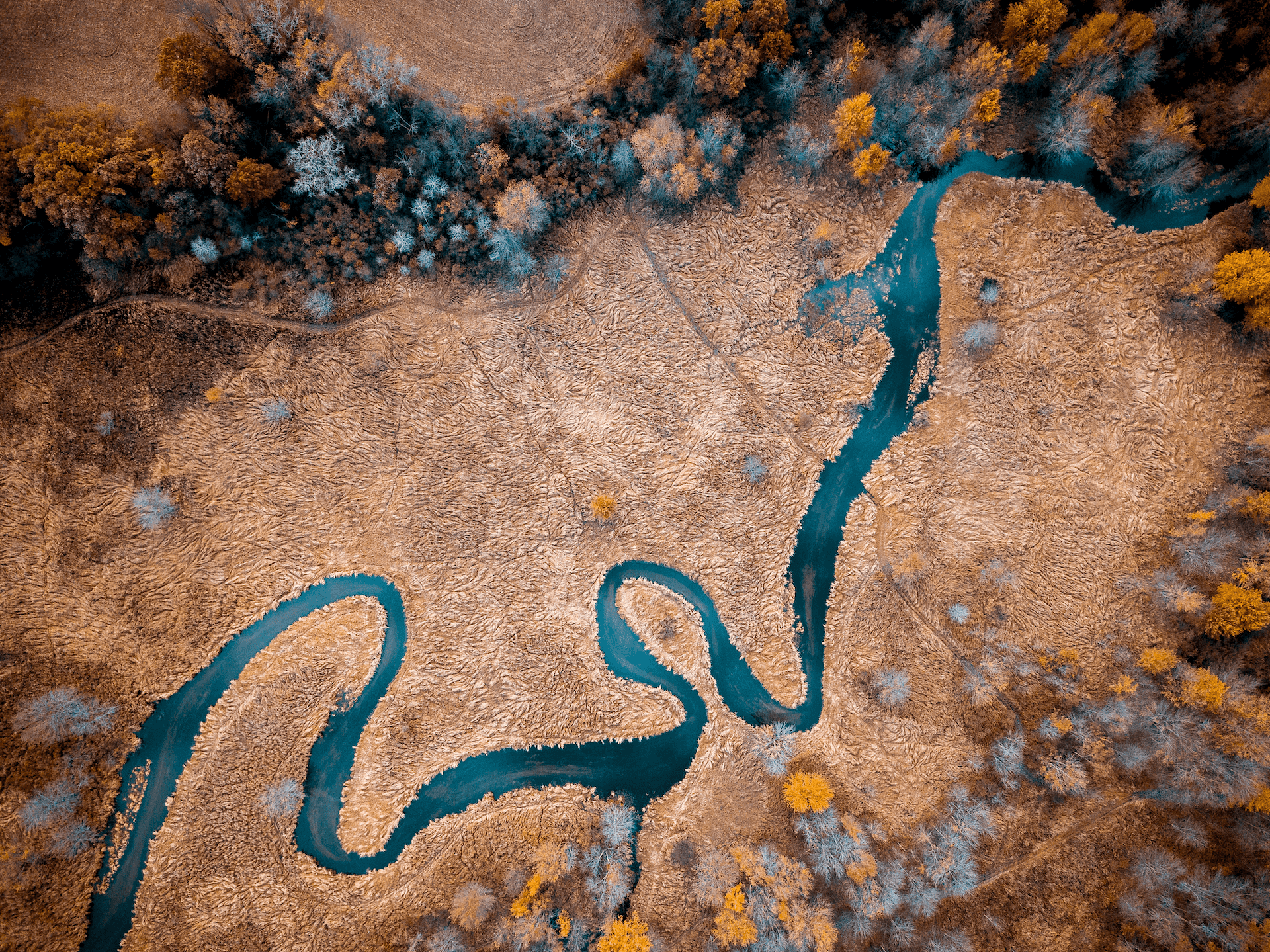
What is Gruppo Hope
The energy of a healthier world.

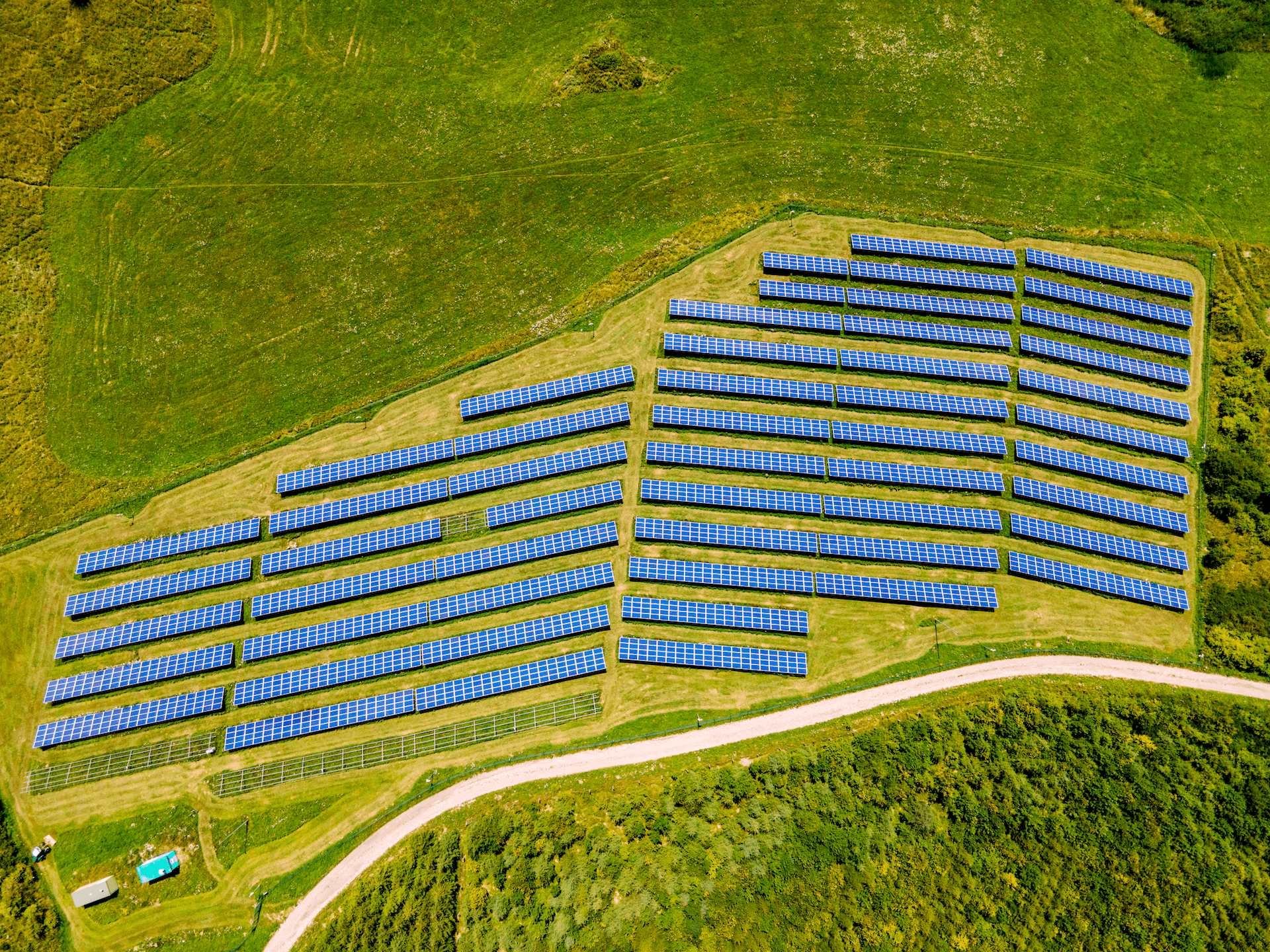
Our Aims


History
Different backgrounds, shared goals.


Gruppo Hope is a company specialising in the development of utility-scale renewable energy production plants, which aims to become an IPP (Independent Power Producer) in the near future.
The shared goal is to actively participate in the pursuit of the sustainable development objectives of the 2030 Agenda signed by the members of the United Nations.
The current pipeline of the company counts a total power of about 6 GW and is composed by onshore and offshore plants, photovoltaic and agrivoltaic plants and also green hydrogen plants.
The environment is at the centre of every action of the Gruppo Hope, for this reason we promote and encourage a dialogue with the communities in which we design our plants.
Hope Group. The energy of a healthy world.
A new industrial revolution starting from the South.
Gruppo Hope was founded on the belief that Southern Italy can lead the new industrial revolution of our country, generating prosperity and employment for the people living in these regions.
We envision a sustainable revolution powered by the sun and the wind, and driven by green hydrogen. A new era of well-being, beginning in a land that must learn to harness its own wealth a land where young people can choose to stay and continue developing their skills.
We are convinced that Apulia has all the potential to become a new hub for renewable energy. Its physical and geographical features, combined with the natural resources available, offer a real opportunity to generate clean energy a source of well-being and health for people, as well as energy independence and employment opportunities.
The future is already here.
Different backgrounds, shared goals.
Gruppo Hope was founded in 2022 by six companies formed by professionals with diverse yet complementary skills.
The shared vision is to contribute to building and strengthening a virtuous critical awareness—essential for a conscious and inclusive energy transition—through the development of large-scale green energy projects currently underway.
In just three years of operation, the company has presented over 50 projects across six different technologies, attracting more than 30 professionals from all over Italy. Today, they work within the four offices of Gruppo Hope, located between Milan and the Apulia region.
The team is composed of members with multidisciplinary expertise.
We are a multidisciplinary platform committed to the development of new renewable energy plants that support the green industrial revolution—a revolution capable of reversing the traditional North–South paradigm in our country.
This ambitious goal is pursued daily by a dedicated team of professionals with multidisciplinary and integrated expertise.
We believe that change can be driven by experts with multidisciplinary skills, spanning engineering, architecture, archaeology, law, management, finance, environmental sciences, institutional relations, and communication.
Origination of new initiatives for the production of RES plants combined with sites for the generation of hydrogen with green-field logic, from the preliminary design to the ready-to-build stage.
The multidisciplinary skills required for the management of initiatives in the development phase.
The multidisciplinary skills required for the structuring of funding and PPAs (Power Purchase Agreements).
M&A operations, structured finance, technical services in the construction and operational phases, relations with organisations and authorities.
Handling of relations with the authorities and local communities in order to find optimum solutions and ensure participation in the acceptance of initiatives.
Gruppo Hope was founded with the mission of delivering a healthier planet to future generations.
Every decision we make places the interests of the local areas in which we operate at the center.
In this way, we ensure the lowest possible environmental and landscape impact, while preserving and enhancing the well-being of each territory.
Gruppo Hope fosters and maintains an ongoing dialogue with the communities where we design our facilities, always recognizing the incentives set out by Ministerial Decree 20/09/2010, applying the highest eligible rate.
The energy transition concerns everyone. That’s why we believe it is essential to engage both citizens and institutions through inclusive in-person activities as well as multimedia content designed solely to share information.
We believe it is important to educate both younger and older generations about the urgent need to respect the planet we live on. That’s why we organize community meetings in the areas affected by our projects, listening to the perspectives of residents and institutions.
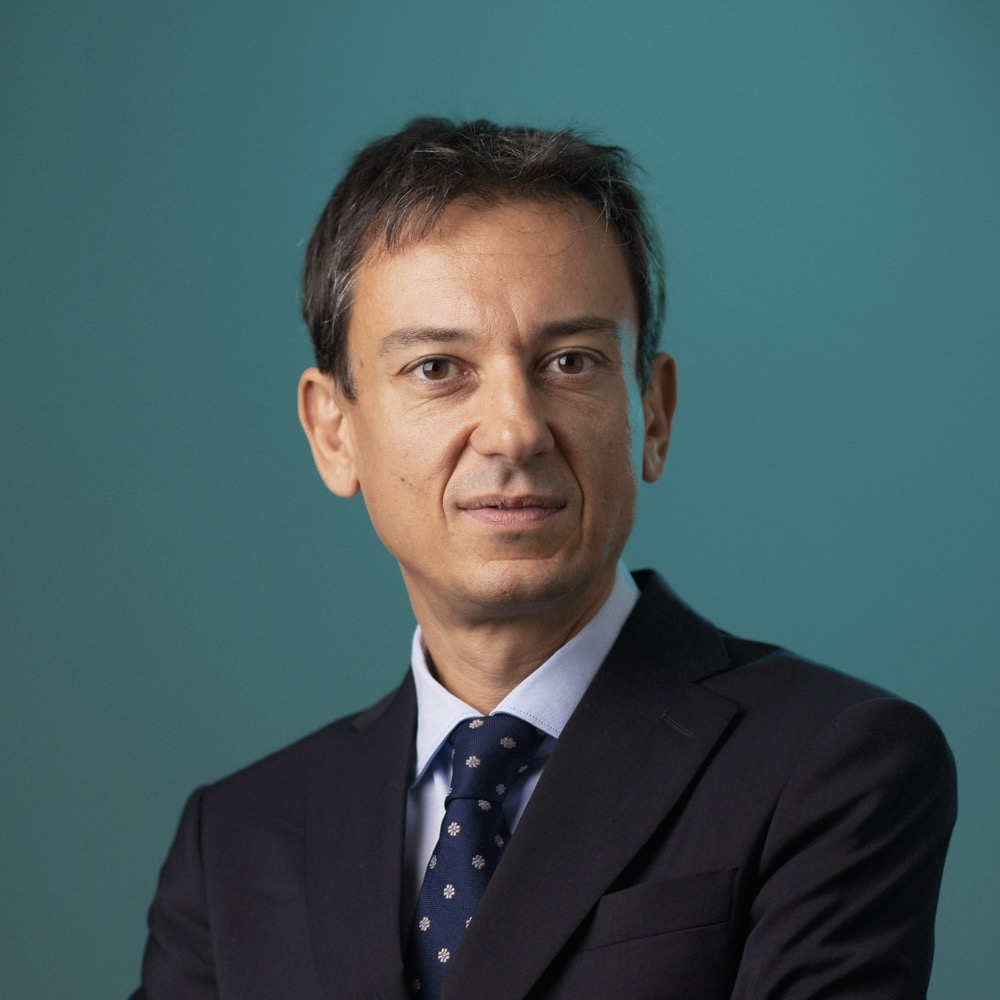
Graduate in electrical engineering, he completed his education by acquiring skills in problem solving, macro and micro economics, and creativity techniques, starting in the energy sector in 2001.
In 2003 he began to deal more specifically with renewable energy, developing additional soft skills in organizational, strategic and financial areas with particular reference to wind and solar energy.
For more than a decade he has held senior positions in the companies where he has worked.
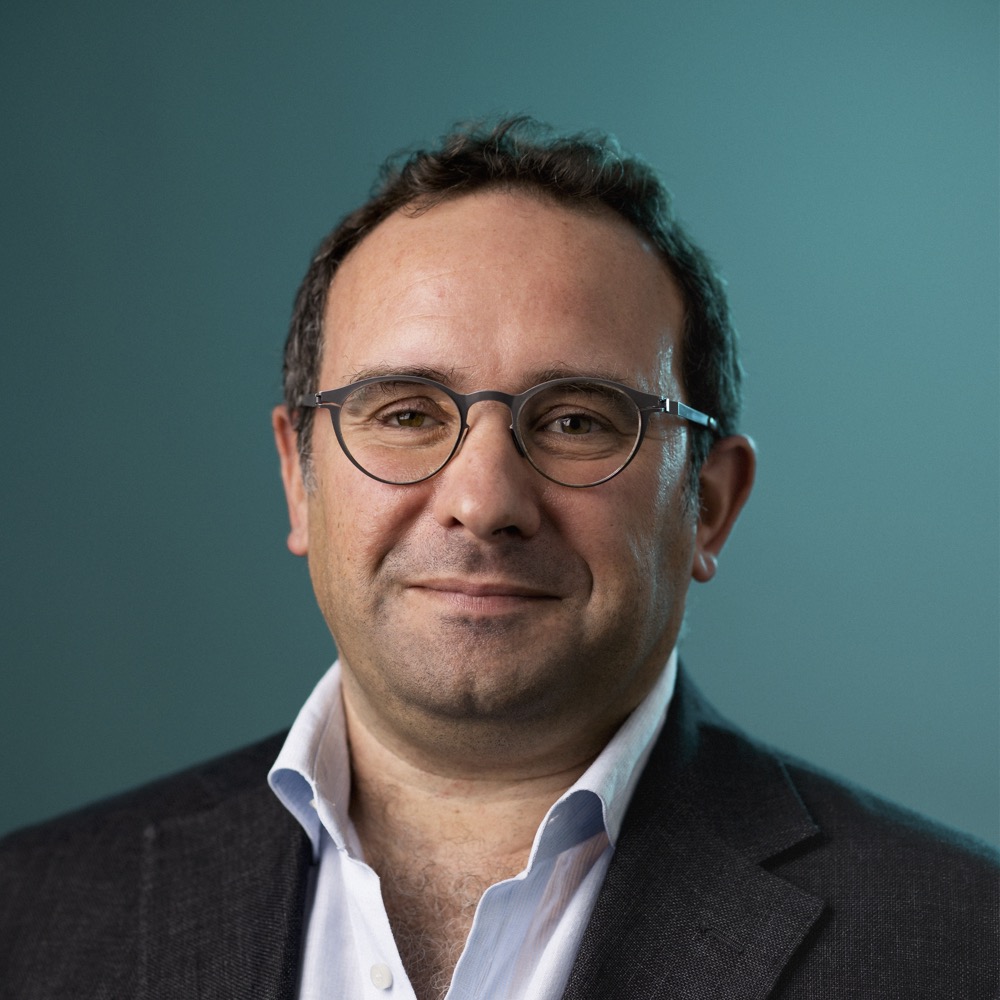
Graduate in civil engineering, after being a member of the task force of the Ministry of the Environment until 2004 to support the Objective 1 Regions in setting up ARPAs and Environmental Authorities, he embarked on a path that led him to manage the permitting, design and construction of infrastructure works. In his work, he has always sought a meeting point between the functionality of the work and its integration into the territory.
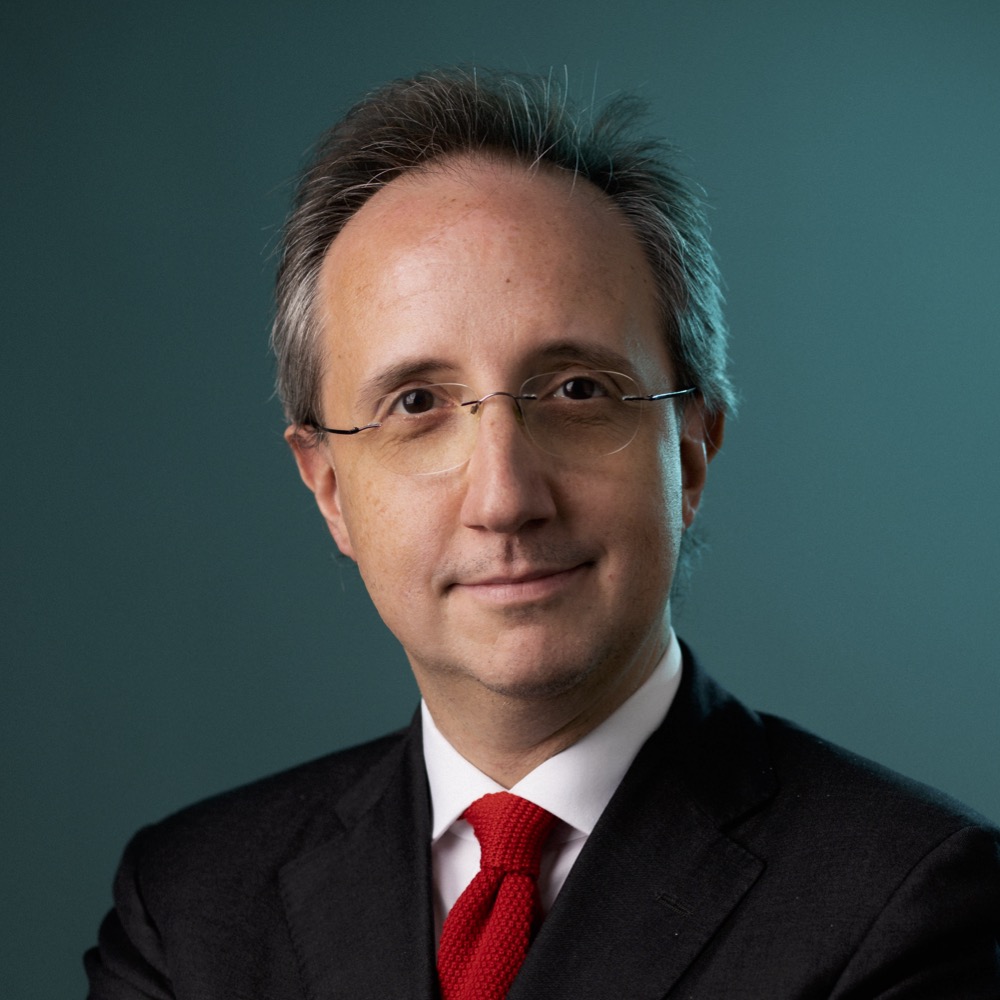
18 years of experience in renewable energies; responsible for M&A and Finance for several listed companies, he has realised, financed or directly sold more than 2 billion of renewable energy assets.
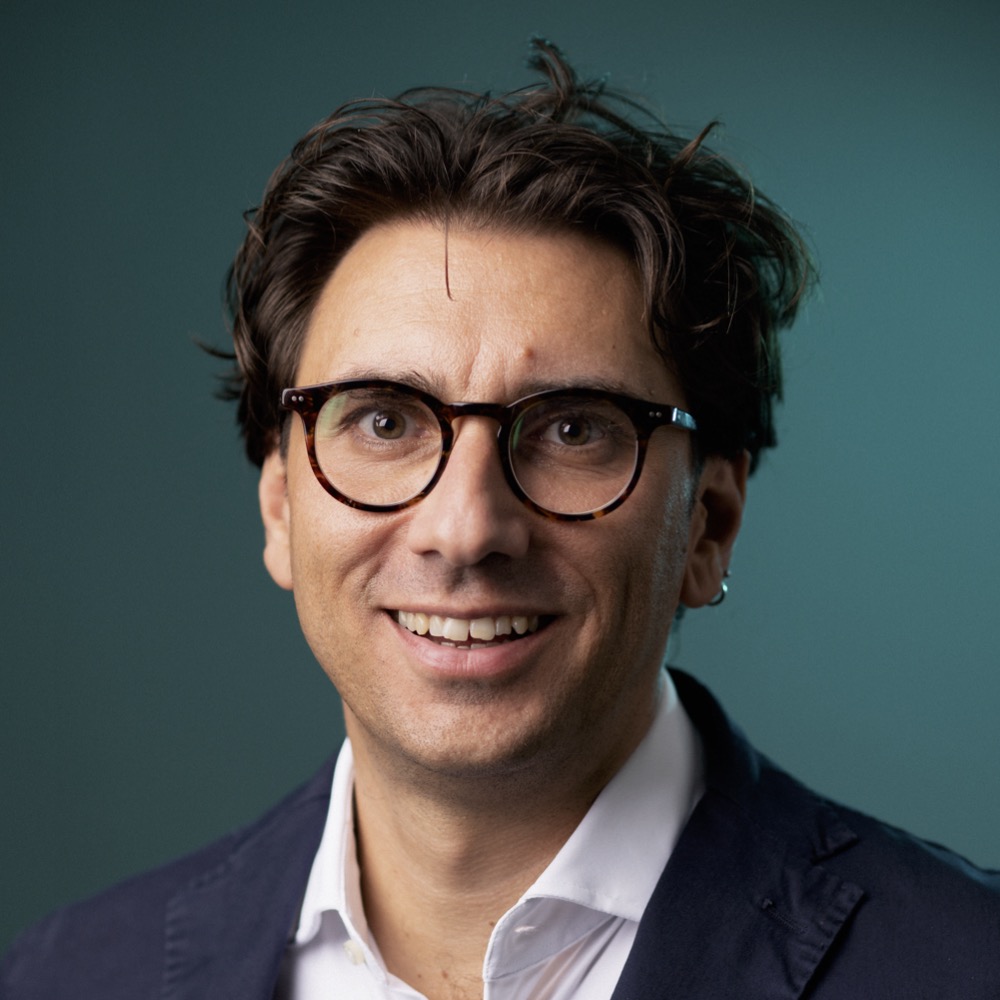
With more than 20 years of experience in the media and institutional sector, he was the founder of the Apulia Film Commission, one of the most important international DMOs (Destination Management Organisations) and has worked as a public administrator. He is also CEO of the production company Fidelio.
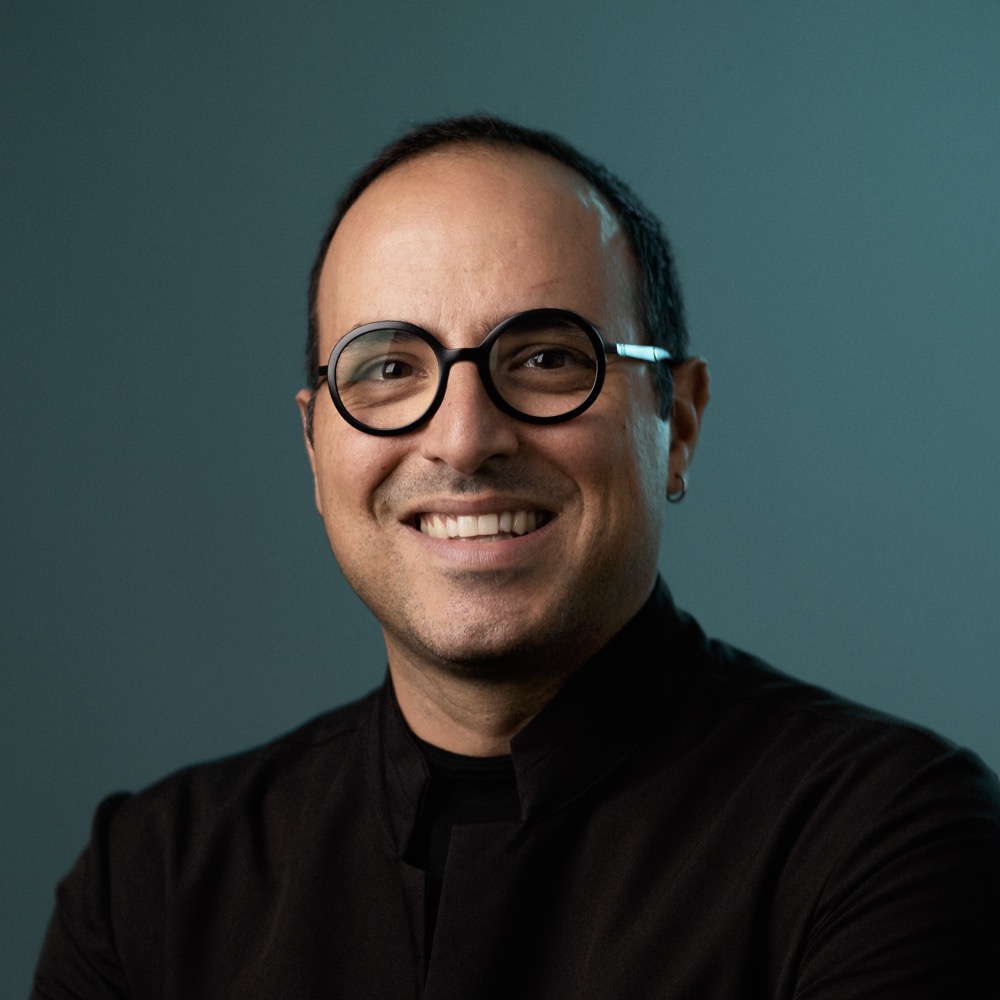
Graduate of the National Film School, he realised about 60 audio-visual projects as producer or delegate producer and about 550 audio-visual projects as film commissioner.
He is the inventor of some of the most innovative public film funds in the audiovisual sector, as well as marketplaces and project incubators.
Partner and head of communication & corporate identity of Gruppo Hope, is also partner and creative director of the production company Fidelio.
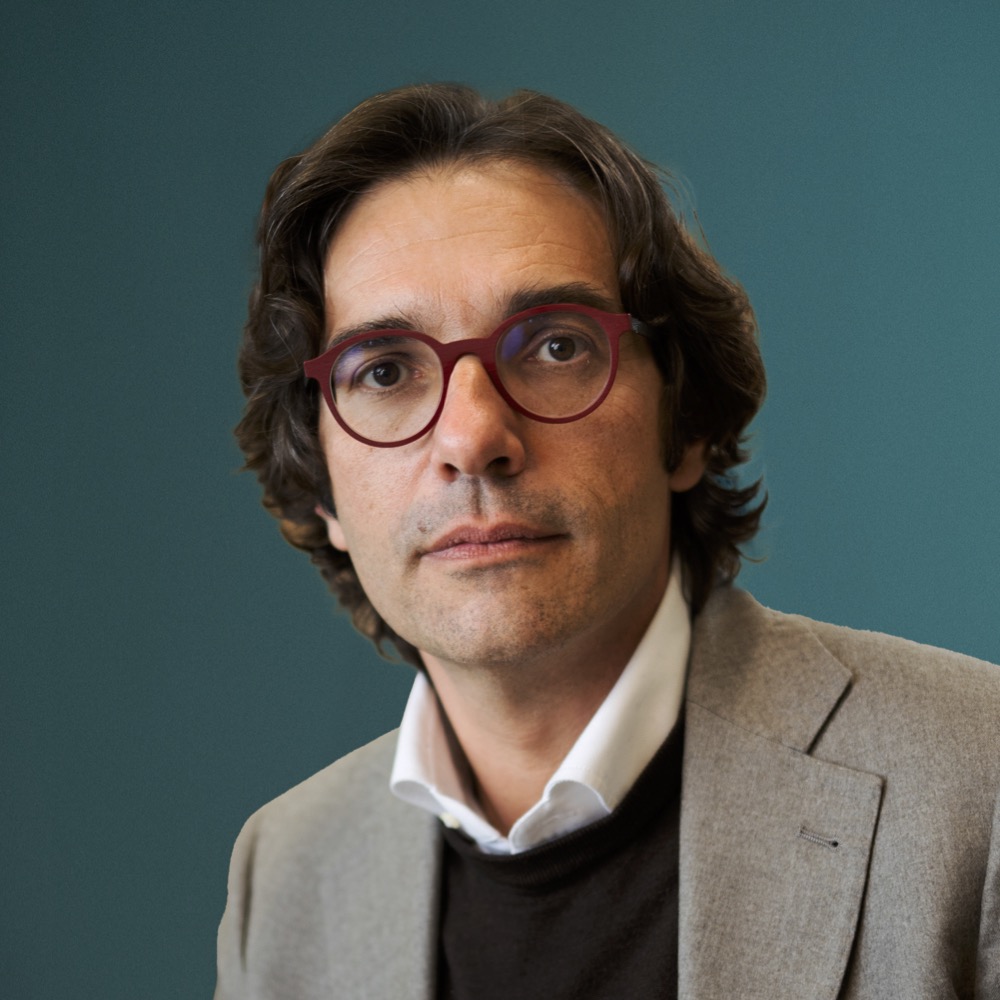
He has held project manager roles for the development of renewable plants from the preliminary to the operation and management phases especially related to biomass, with special reference to cogeneration and renewable sources

Graduate in civil engineering in 1999, he was a member, until 2004, of the task force of the Ministry of the Environment to support the Objective 1 Regions in the establishment of ARPA and Environmental Authorities.
Subsequently, he embarked on a professional career aimed at permitting, design and construction of infrastructure works for a total value of several hundred million euros, in the field of integrated water service, land engineering, remediation of contaminated sites and renewable energy.
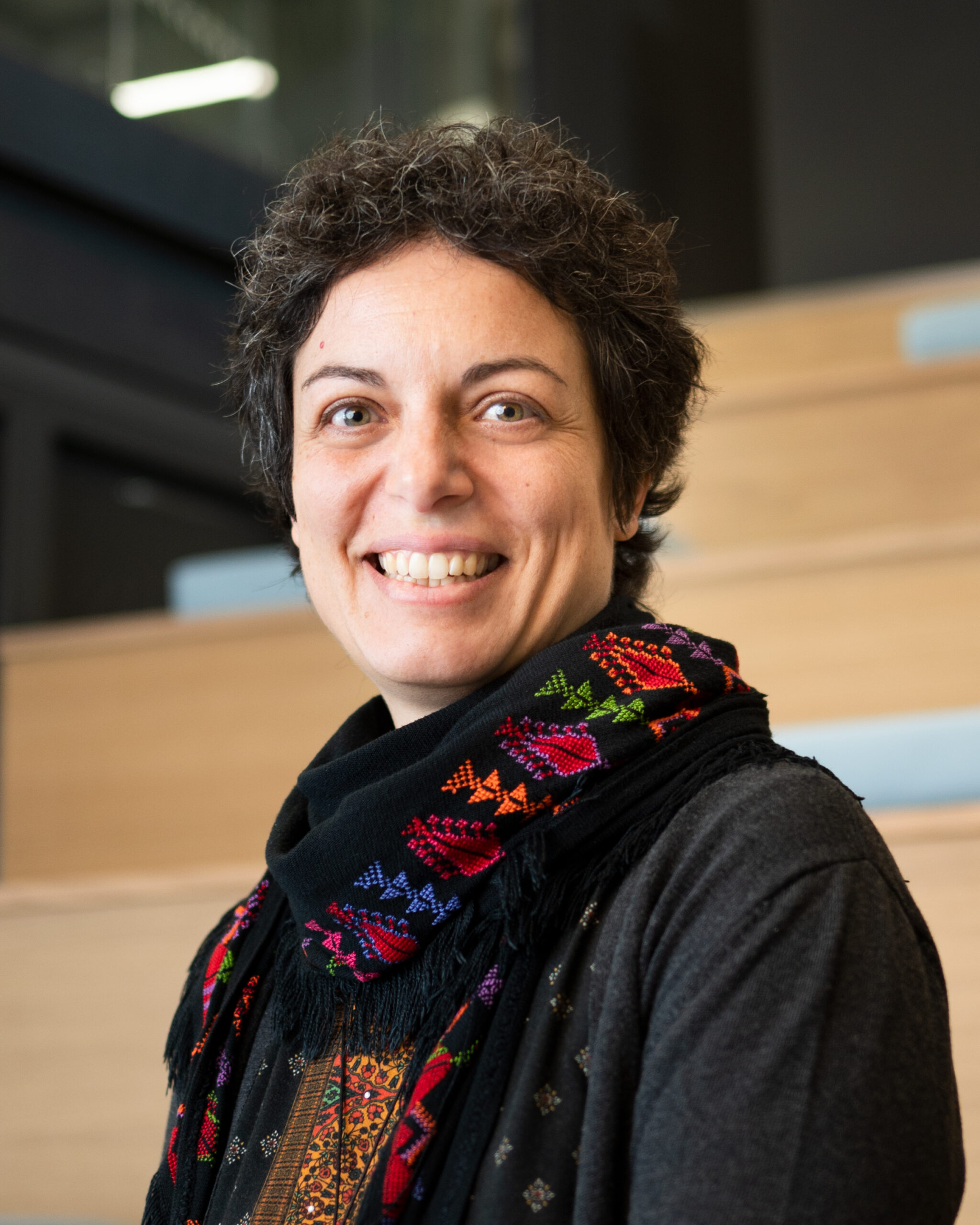

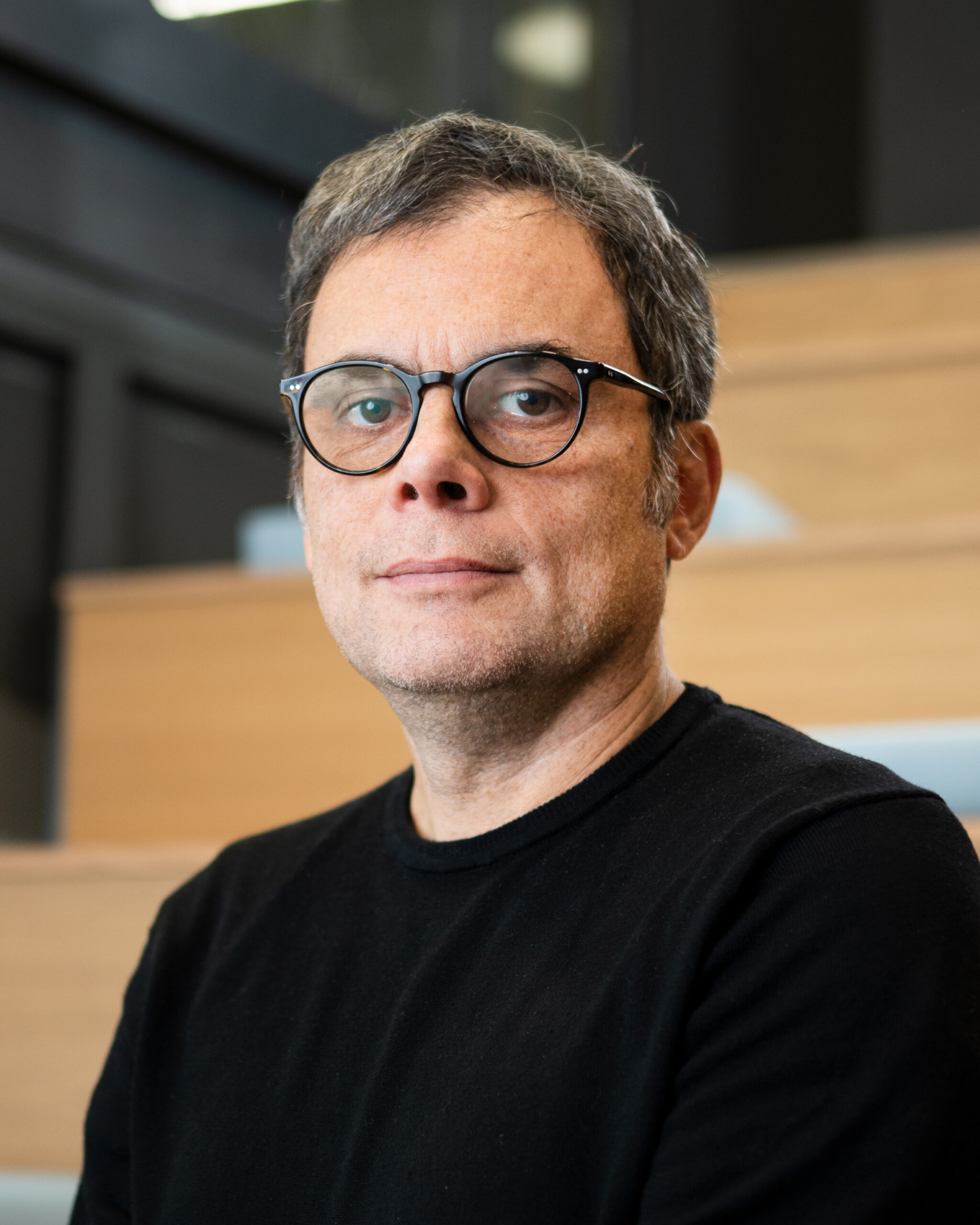



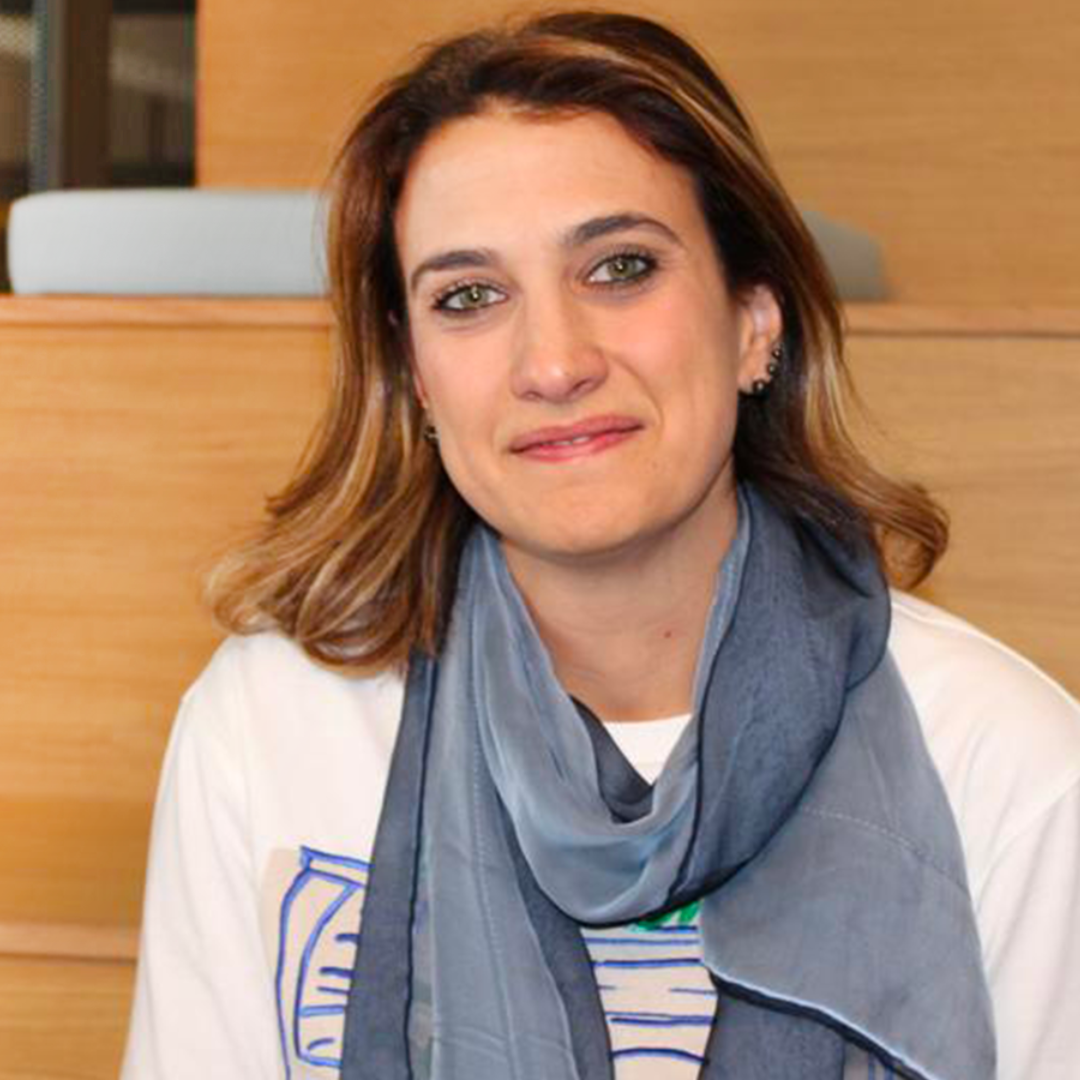
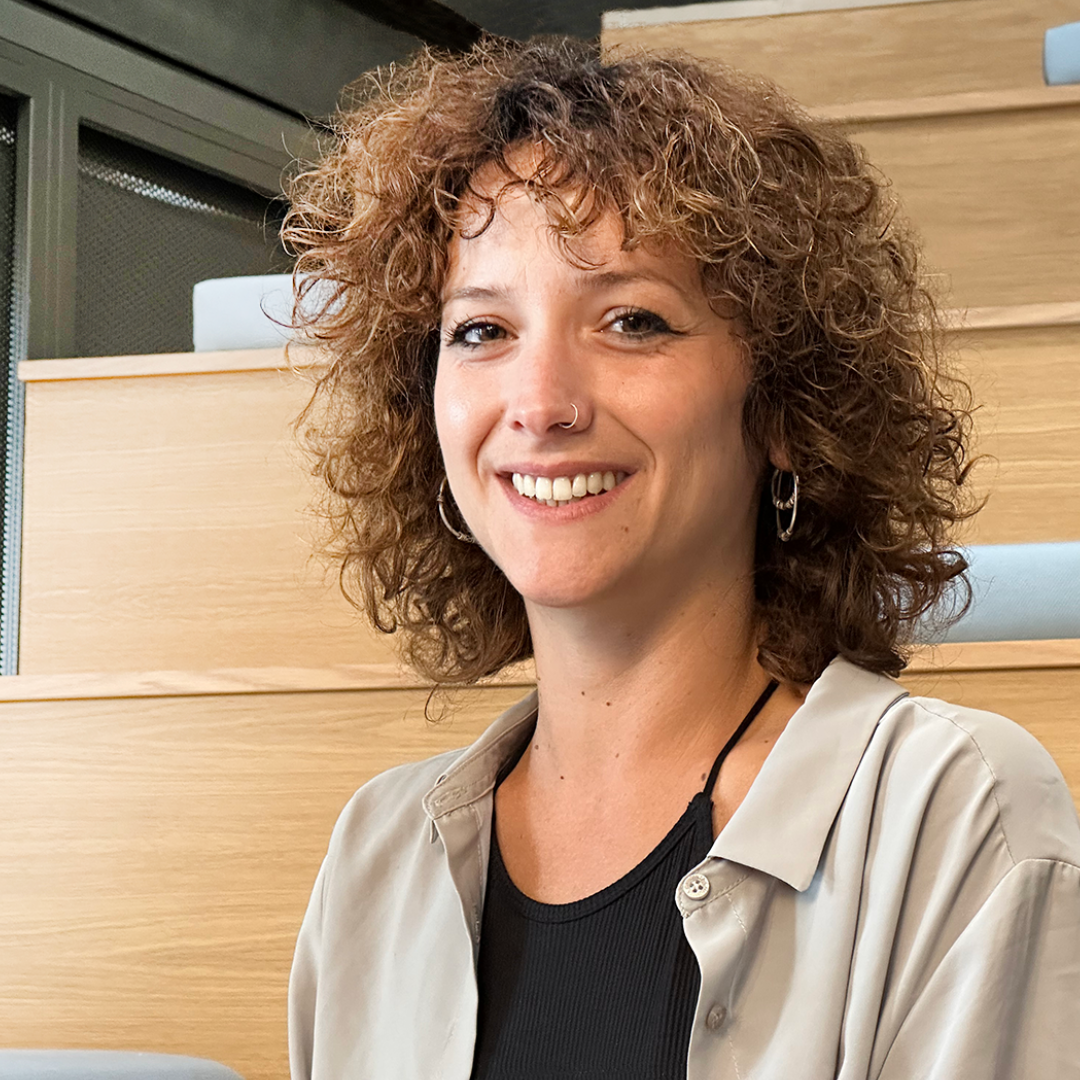
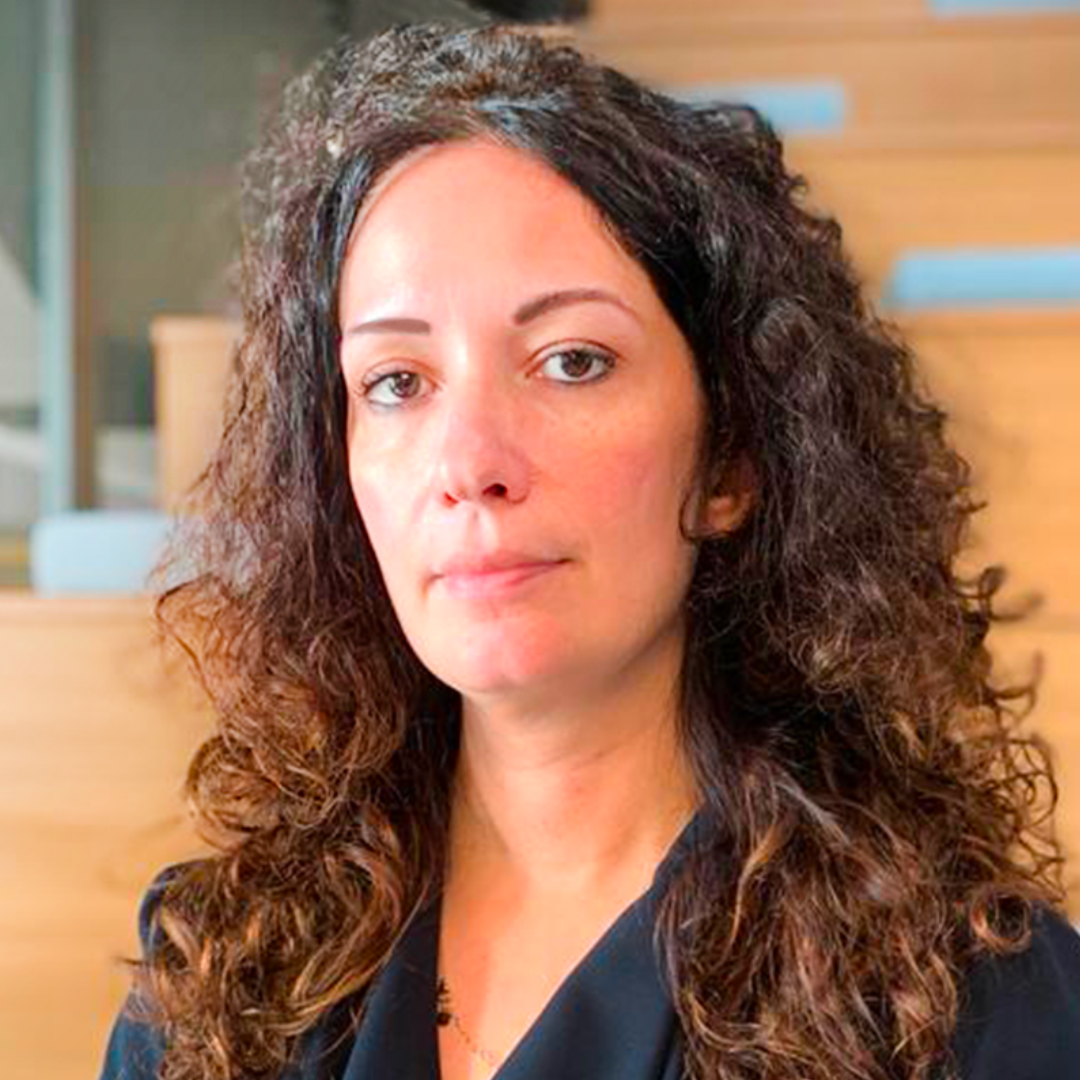
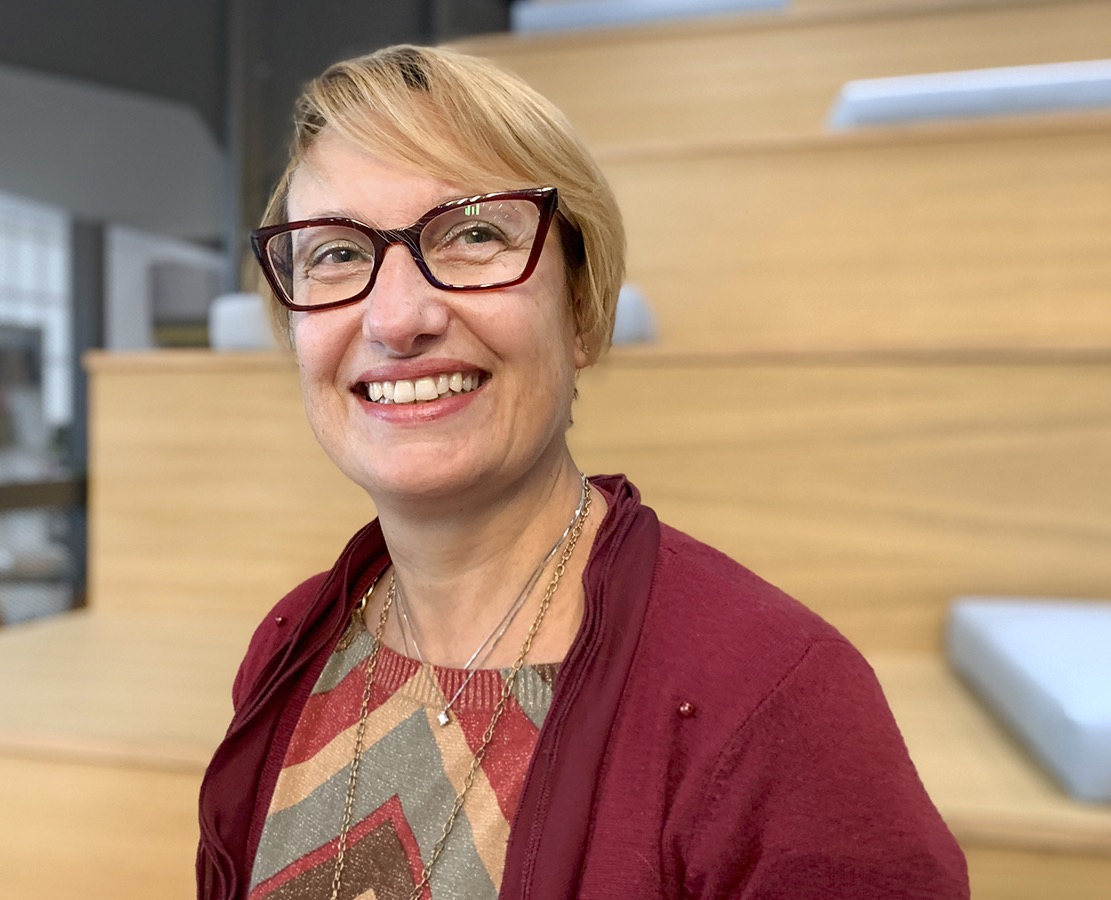
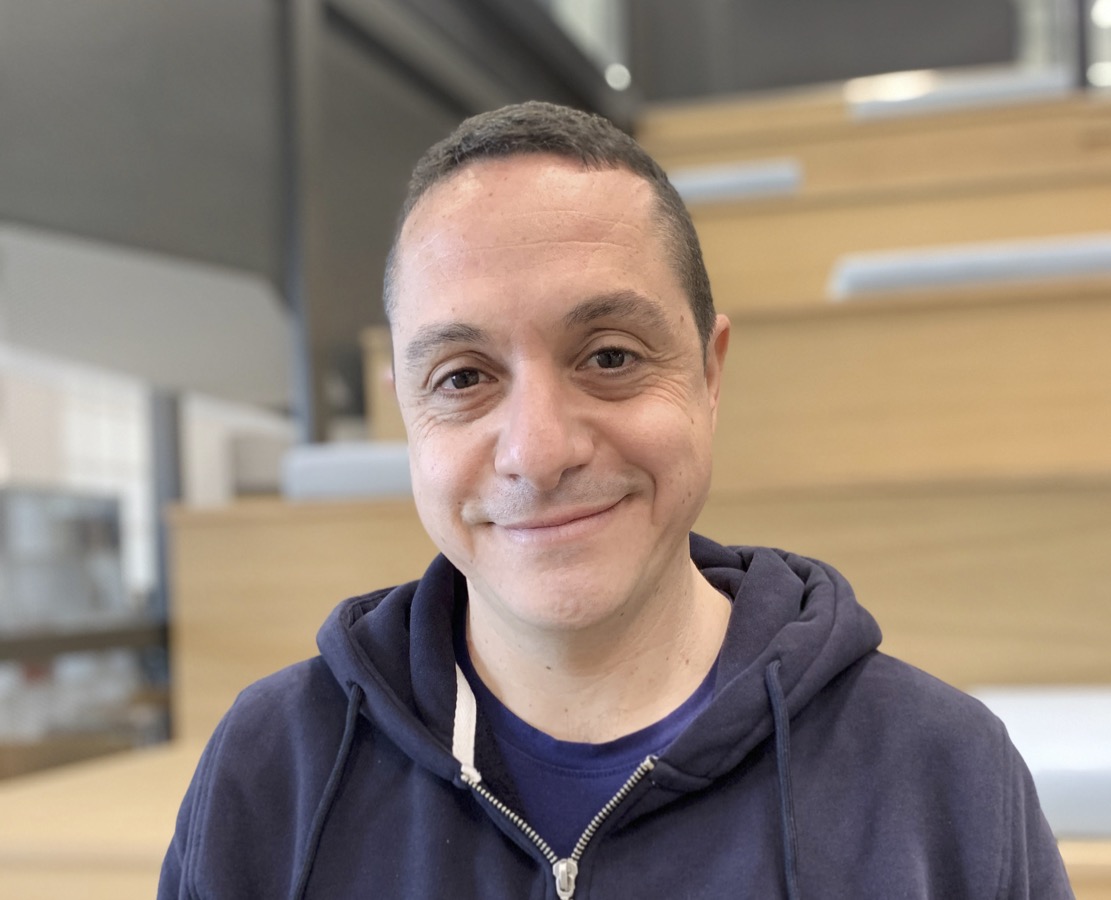
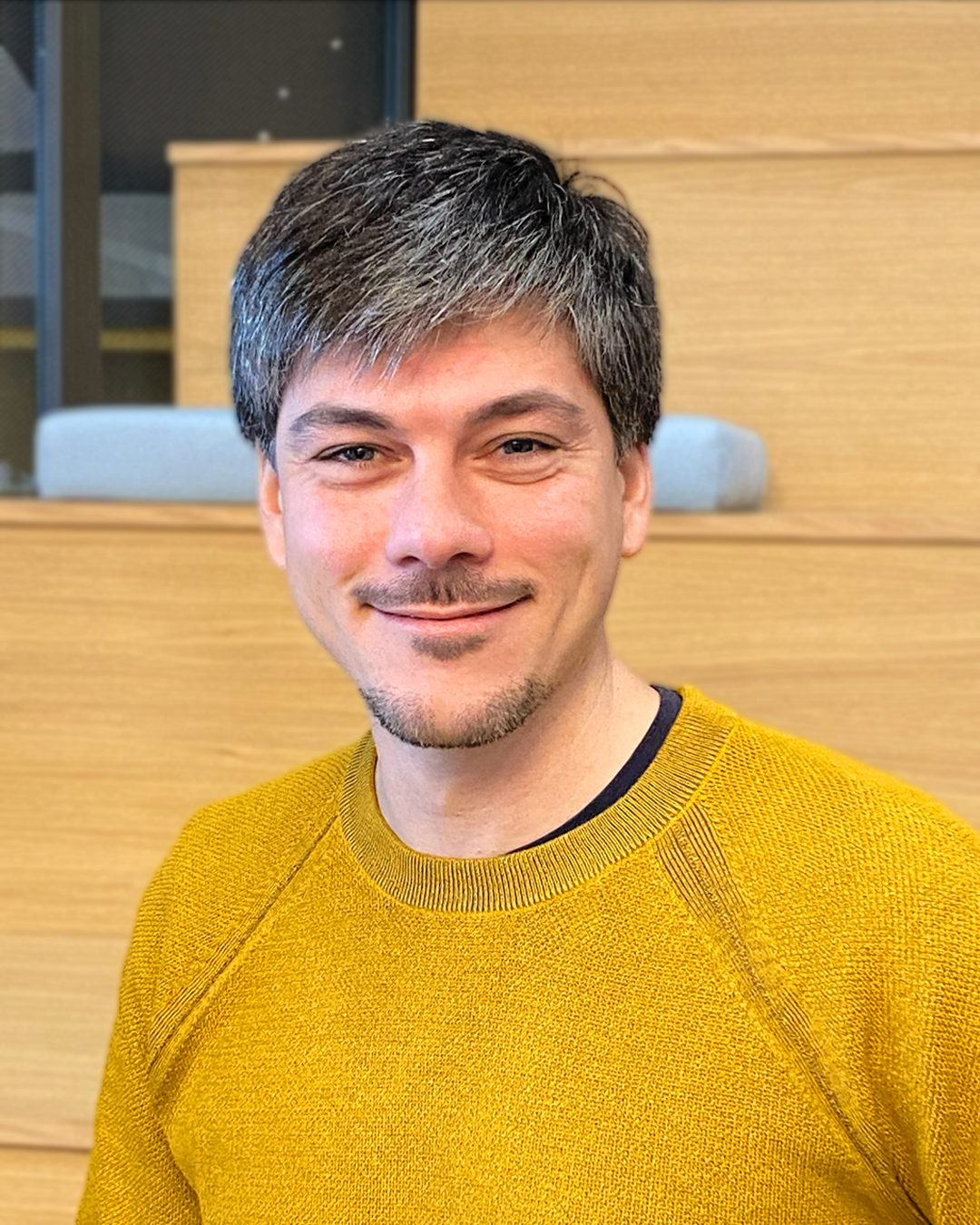
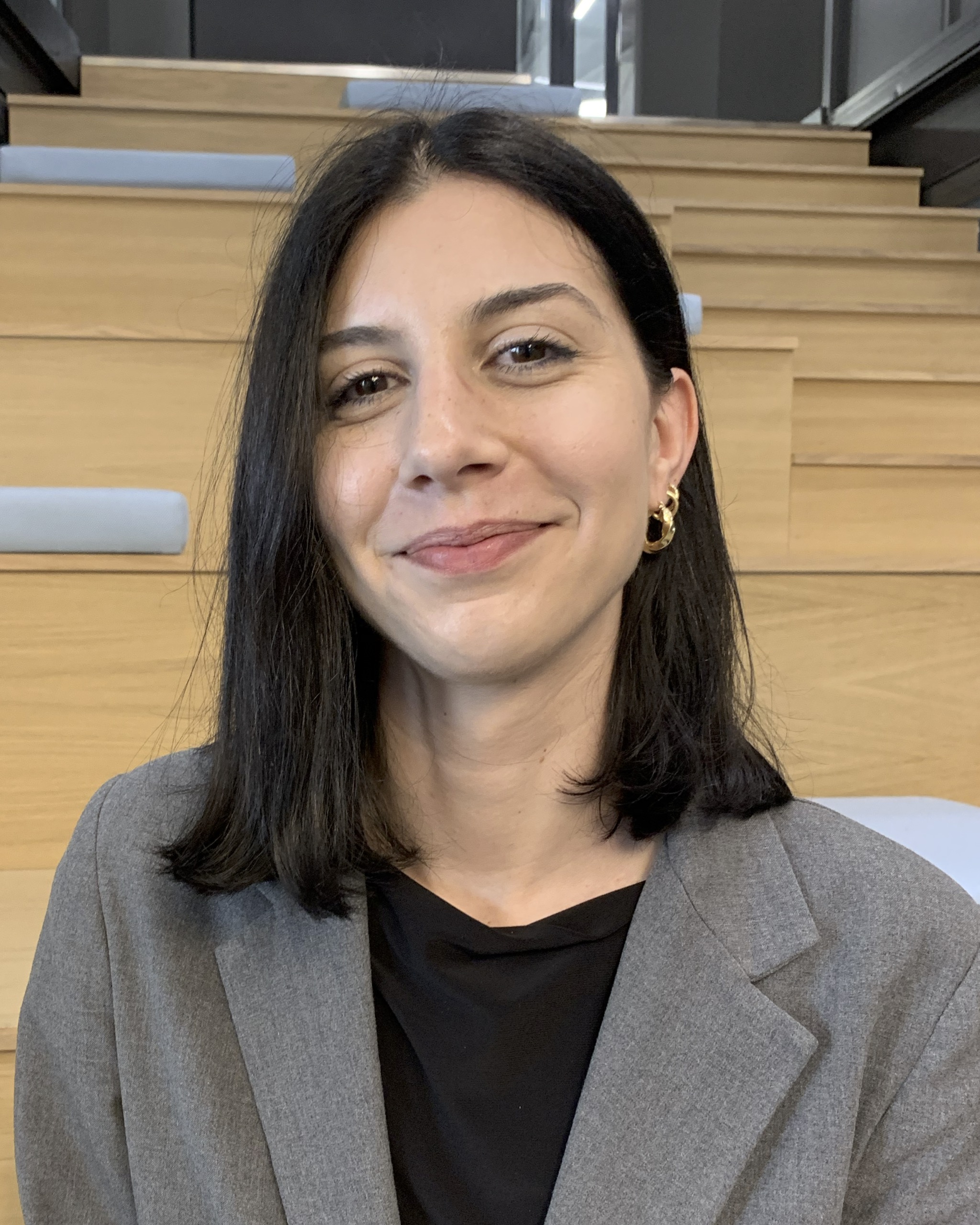



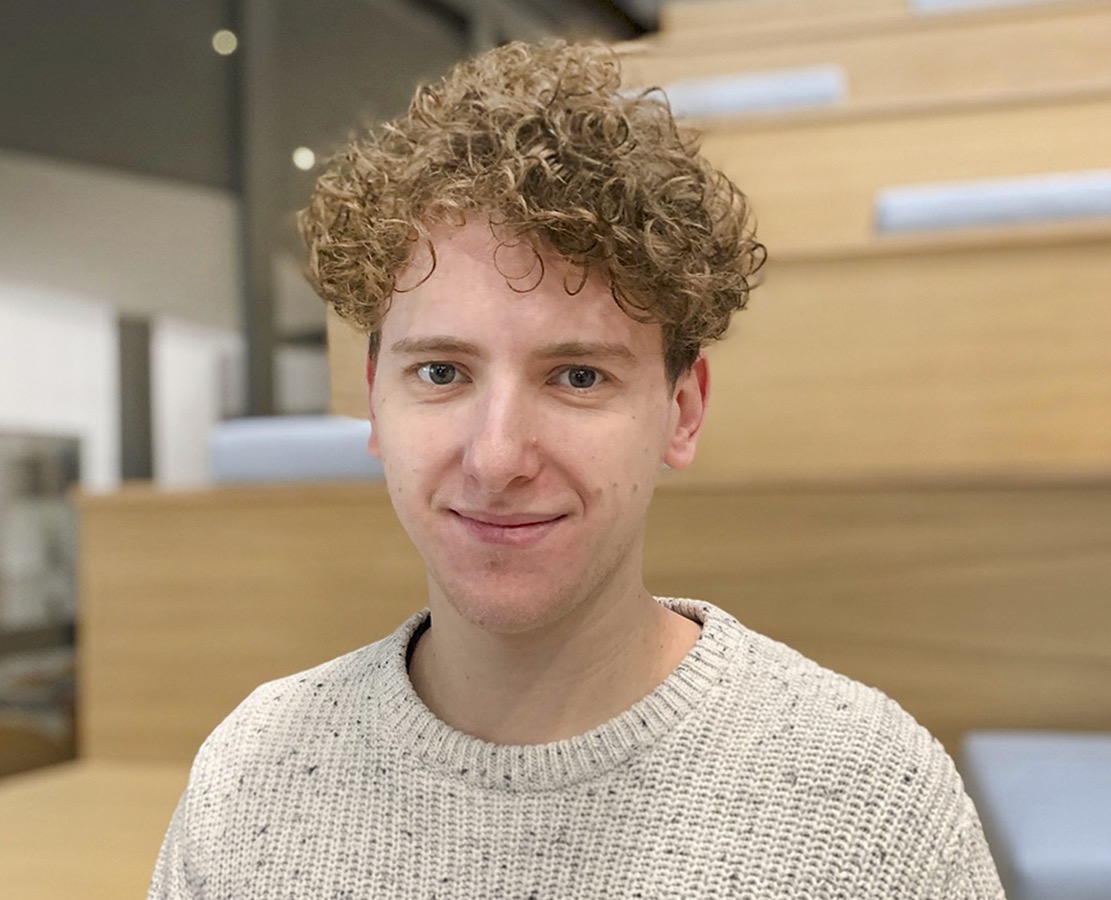











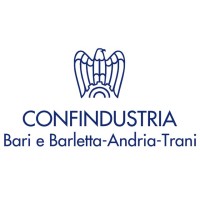
Certain methods of hydrogen production can cause pollution. The business model that Hope has adopted involves the production of “green” hydrogen through electrolysis carried out with energy generated from renewable sources.
Hydrogen is colourless but, in specialist jargon, colours are attributed to it to distinguish the methods used for extraction and their environmental impact.
Grey hydrogen is produced from fossil energy sources through so-called steam reforming. The hydrogen is obtained from natural gas or from the gasification of coal via a process of thermochemical conversion that also produces CO₂. This method is the most harmful for the environment.
Blue hydrogen is obtained using a process in some ways similar to that used for grey hydrogen: it is extracted from fossil sources through pyrolysis. This method too produces CO₂ but in this case it is captured and stored underground or used as a raw material in conversion processes. It is a more environmentally friendly process thanks to the absence of climate-damaging emissions.
Green hydrogen is produced by a process called high-temperature electrolysis: the water molecules (H₂O) receive energy produced from renewable sources (such as photovoltaics or wind), the bonds are broken and the result is hydrogen and oxygen. It is worth noting that the bases for the process of electrolysis are to be found in the battery that Alessandro Volta invented in 1779. The hydrogen and oxygen present in water were first separated by the scientists Nicholson and Carlisle.
Hydrogen for powering locomotion is already a reality. In the rail, tram and bus sectors, there are vehicles equipped with fuel cell systems that, through a process of reverse electrolysis, recombine hydrogen and oxygen, thus generating energy to power an electric motor and producing water vapour as a by-product. In the automobile sector, in addition to fuel cell technology, Toyota already has a hydrogen internal combustion engine.
Hydrogen is a highly flammable gas which requires only a miniscule amount of energy to ignite, and so, to ensure safety, there are strict precautions for its use.
Water is undoubtedly a precious commodity, especially at certain latitudes and in certain economies, so care must be taken in the search for circular models that, for example, reuse wastewater that would otherwise be used to be spilled into the sea.
Rapid technological advances will soon make it possible to use seawater directly.
The impact depends on the technology used for building the foundations. The least impactful option is that involving the use of floating foundations anchored to the seabed with mooring systems, which results in almost no effect on plants and algae; in addition, studies show an absence of negative impacts on cetaceans.
The parts of the sea occupied by wind turbine installations are off-limits to sea traffic but the layouts of wind farms are designed with corridors to allow the passage of vessels.
The parts of the sea occupied by wind turbine installations are off-limits for fishing; this automatically triggers a process of rewilding of the seas, increasing fish stocks near to the coasts and thus providing a benefit to fishing communities.
The impact on seabeds, particularly of floating installations, is wholly negligible.
Over 90% of all the materials are reclaimed and recycled.